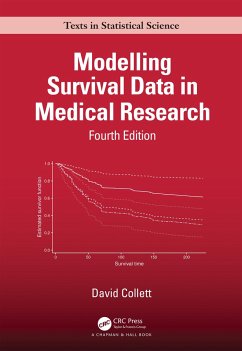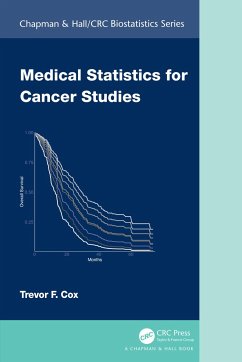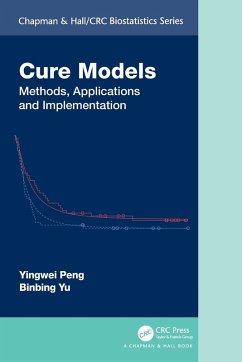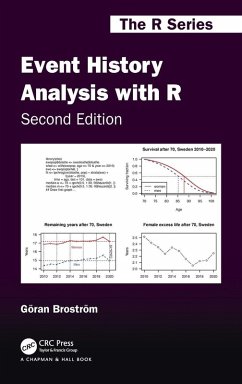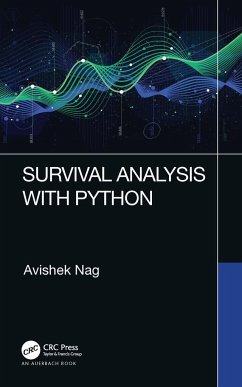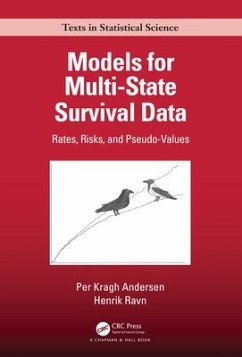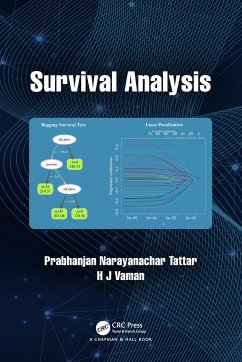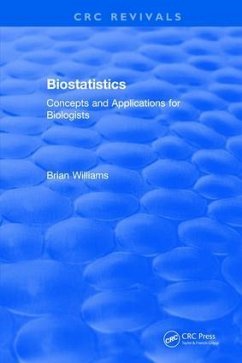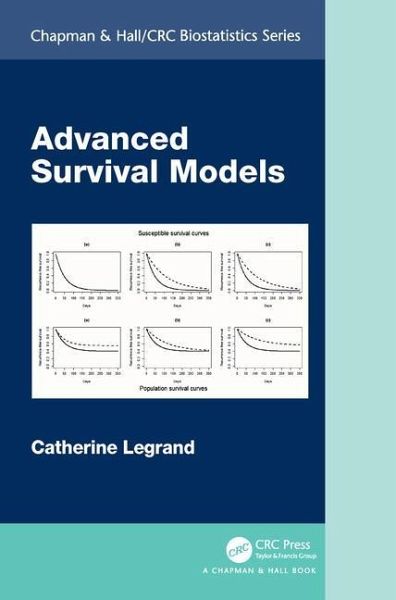
Advanced Survival Models
Versandkostenfrei!
Versandfertig in 6-10 Tagen
49,99 €
inkl. MwSt.
Weitere Ausgaben:

PAYBACK Punkte
25 °P sammeln!
Survival data analysis is a very broad field of statistics, encompassing a large variety of methods used in a wide range of applications, and in particular in medical research. During the last twenty years, several extensions of "classical" survival models have been developed to address particular situations often encountered in practice. This book aims to gather in a single reference the most commonly used extensions, such as frailty models (in case of unobserved heterogeneity or clustered data), cure models (when a fraction of the population will not experience the event of interest), compet...
Survival data analysis is a very broad field of statistics, encompassing a large variety of methods used in a wide range of applications, and in particular in medical research. During the last twenty years, several extensions of "classical" survival models have been developed to address particular situations often encountered in practice. This book aims to gather in a single reference the most commonly used extensions, such as frailty models (in case of unobserved heterogeneity or clustered data), cure models (when a fraction of the population will not experience the event of interest), competing risk models (in case of different types of event), and joint survival models for a time-to-event endpoint and a longitudinal outcome.
Features
Presents state-of-the art approaches for different advanced survival models including frailty models, cure models, competing risk models and joint models for a longitudinal and a survival outcome
Usesconsistent notation throughout the book for the different techniques presented
Explains in which situation each of these models should be used, and how they are linked to specific research questions
Focuses on the understanding of the models, their implementation, and their interpretation, with an appropriate level of methodological development for masters students and applied statisticians
Provides references to existing R packages and SAS procedure or macros, and illustrates the use of the main ones on real datasets
This book is primarily aimed at applied statisticians and graduate students of statistics and biostatistics. It can also serve as an introductory reference for methodological researchers interested in the main extensions of classical survival analysis.
Features
Presents state-of-the art approaches for different advanced survival models including frailty models, cure models, competing risk models and joint models for a longitudinal and a survival outcome
Usesconsistent notation throughout the book for the different techniques presented
Explains in which situation each of these models should be used, and how they are linked to specific research questions
Focuses on the understanding of the models, their implementation, and their interpretation, with an appropriate level of methodological development for masters students and applied statisticians
Provides references to existing R packages and SAS procedure or macros, and illustrates the use of the main ones on real datasets
This book is primarily aimed at applied statisticians and graduate students of statistics and biostatistics. It can also serve as an introductory reference for methodological researchers interested in the main extensions of classical survival analysis.





